Long Ramp Playground
“Hey! Let’s go to Long Ramp Playground,” said no kid ever.
As followers of my posts will know, one of my self-appointed missions is to push for better playgrounds with more play value. Nowhere is the problem of bad playspace design more rampant than in the area of “accessible” playgrounds. To look at this in detail, let’s look at a particularly egregious new playground in New Jersey.
The basic layout of the play structure is one long ramp with interactive events every 12 feet. This results in a path of travel exceeding 40 feet in total length. As you can see from the photo, there are no access points along the majority of this run. Parents are either blocked from assisting their child with special needs or required to follow them throughout the child’s play, turning them into helicoptering parents. Exactly the thing we don’t want if our goal is to maximize social interaction between children of differing abilities.
The culmination of this epic journey up the ramp is a small, plastic slide with a climber and fire pole. Since this is the only portion of the structure with active play elements, modest though they may be, it will become very crowded by physically active kids making access to the slide for children with limited mobility problematic on busy days.
So let’s walk through the play experience for a child who uses a wheelchair. The child goes up each incline to a station that provides an “interactive” event. In this case, “interactive” is a misnomer because these events are designed to provide a single child with an equipment-to-equipment experience and only marginally supports child-to-child interaction. The problem with these supposedly interactive events is that they are appealing primarily to children who are not yet developmentally ready for social and cooperative play. Of course there is a percentage of the population with special needs for whom this is appropriate, but it is a small fraction, and the goal for these children is to provide play opportunities that will foster engagement with other children—a goal at which this design fails miserably.
Continuing up the ramps to the apex, what can we expect will happen for the child using a wheelchair? There are two possibilities, assuming the child can actually get through the crowd and near enough to the slide to use it: If the child has transfer skills or an assistant, he or she can exit the chair and slide down. Now the chair is at the top and the child is at the bottom. The chair has to be brought around an 80-foot trail back down to the slide exit while our player waits at the bottom of the slide. What a humiliating and predictable disaster for the child! In order to reduce the trauma, the parent will have to enlist another adult to tend to the child while she rushes around to reunite the child with the chair. The other scenario is that the child does not have transfer skills, and so he or she must turn around and exit via the long ramp.
The layout of this play structure is spectacularly poor. The long, narrow design requires much more expensive poured-in-place surfacing than if the design was rectilinear. This layout also prevents interaction of children across the structure, as would be the case with a better layout. So here we have an incredibly expensive play structure plus the surfacing, just because the design goal has to provide an elevated slide as the preferred play experience. If the design goal had been thought through, it would have been predictable that this design was going to be dysfunctional and traumatic for the small population for which it was intended.
By changing the design goal, this project need not have been such a failure. There are many wonderful options that can engage children of all ability in cooperative play. Take for example the BigToys Turn-Across. The installation shown here would have been even better if it was over poured-in-place rubber instead of engineered wood fiber. Not only is that a more accessible surfacing, but it also would eliminate the need to constantly maintain the EWF that will be displaced by the children going back and forth.
This unique design requires that children play collaboratively. Here, children using chairs can be leaders of the play, and if they have transfer skills they can join with other kids riding the gondola. Rather than setting the play experience as elevated sliding would, no safety surfacing is required, saving tens of thousands of dollars. With these savings, several other products that are on the market with similar ground-based functionality could be purchased, or much higher-quality, musical devices could be provided that will be far more appealing than the roto-cast elements seen on the ramp structure.
Thus, with the same—or less funding—the playspace could have several really inclusive and exciting zones where all children can play together.
How did we get into the mess?
Good question. In my experience, the whole ADA-standards setting process was high-jacked by wheelchair-access advocates. The narrow focus on the path of travel was, to my thinking, a misinterpretation of the Americans with Disabilities Act—which was aided and abetted by the consultants provided by the Access Board, who guided the rule-making process. In recent interviews, the Access Board representatives are unapologetic about the process, having been focusing almost exclusively on mobility access to the exclusion of the vast majority of other sorts of needs.
For example, children with autism can only play independently if the playspace is fenced. Acoustic guides benefit children with vision impairments. Children with sensory issues need safe places where they can retreat when they become overloaded. The list is almost endless of the ways in which children of all abilities can be supported in playing together. Go back and reread the playground ADA standards and see if you find any reference to design concepts that will foster inclusiveness.
While the Access Board and their consultants bear the bulk of the responsibility for the failure to provide for inclusive design, the playground industry continues to perpetuate this fraud in playground after playground. They are eager to take the dollars from well-meaning communities to sell designs that they know are just plain wrong. Manufacturers can and should do a better job of developing inclusive options. They also bear a responsibility to train their regional sales personnel in what good design is and how to communicate those ideas to the public.
What to do?
There are great examples of inclusive design. My current favorite is Magical Bridge Playground in Palo Alto, California. The team at Magical Bridge, frustrated by the lack of inclusive apparatus from U.S. suppliers, went primarily to equipment suppliers in Europe who have a much better sense of design and sensitivity to the issues of inclusion. For questions, contact Olenka at [email protected].
If you are interested in moving beyond ADA to provide full play for all:
To the public I say, “Don’t buy into the ADA ramps-only solution. Do your homework—there are some really great inclusive playspaces from which you can get good ideas.”
To the manufacturers, I call for innovation and better understanding of the whole range of abilities and the opportunities they present.
To the salespeople, I demand that you do some soul-searching and not take the easy way out; educate your customers about inclusive design. If you find that you don’t have good options, then lobby your supplier for better options.
To the parks and recreation professionals who are supposed to know better, I say, “Just stop it. Just stop allowing these overly ramped playgrounds that don’t work in your system.”



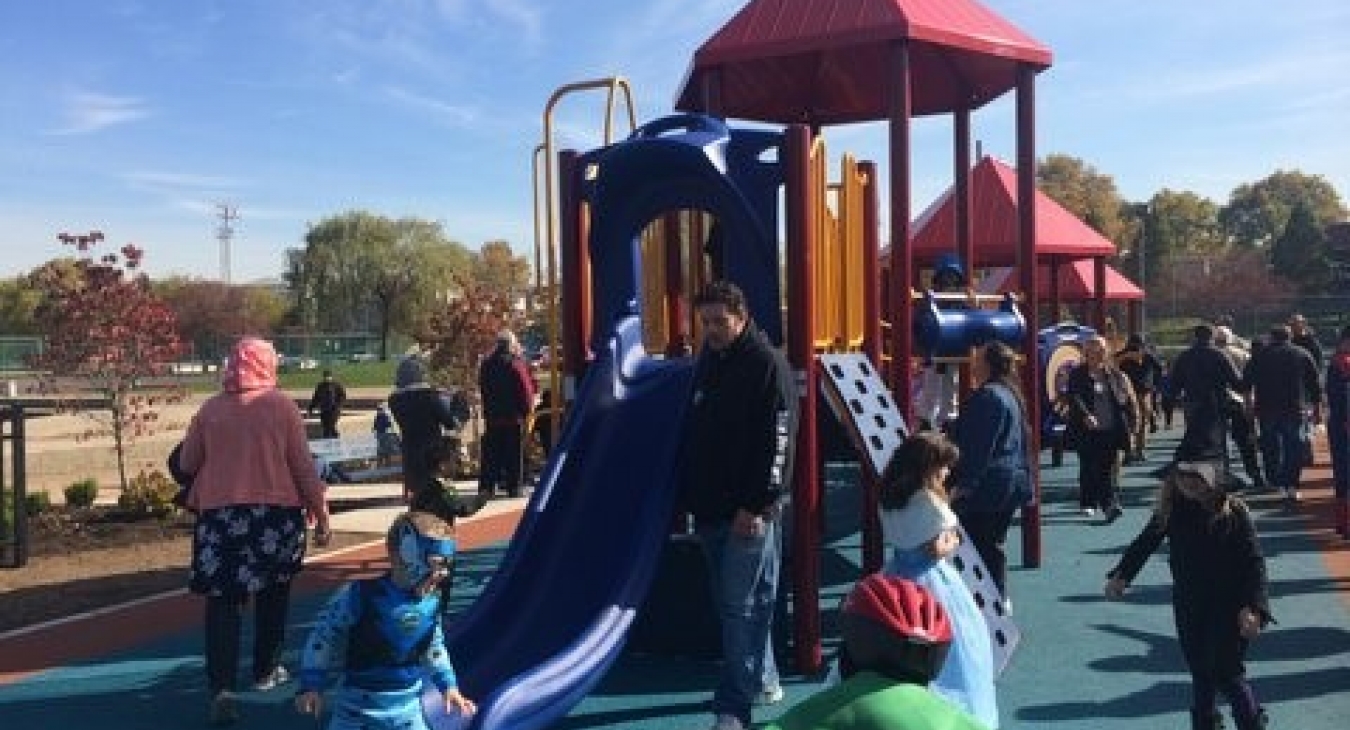
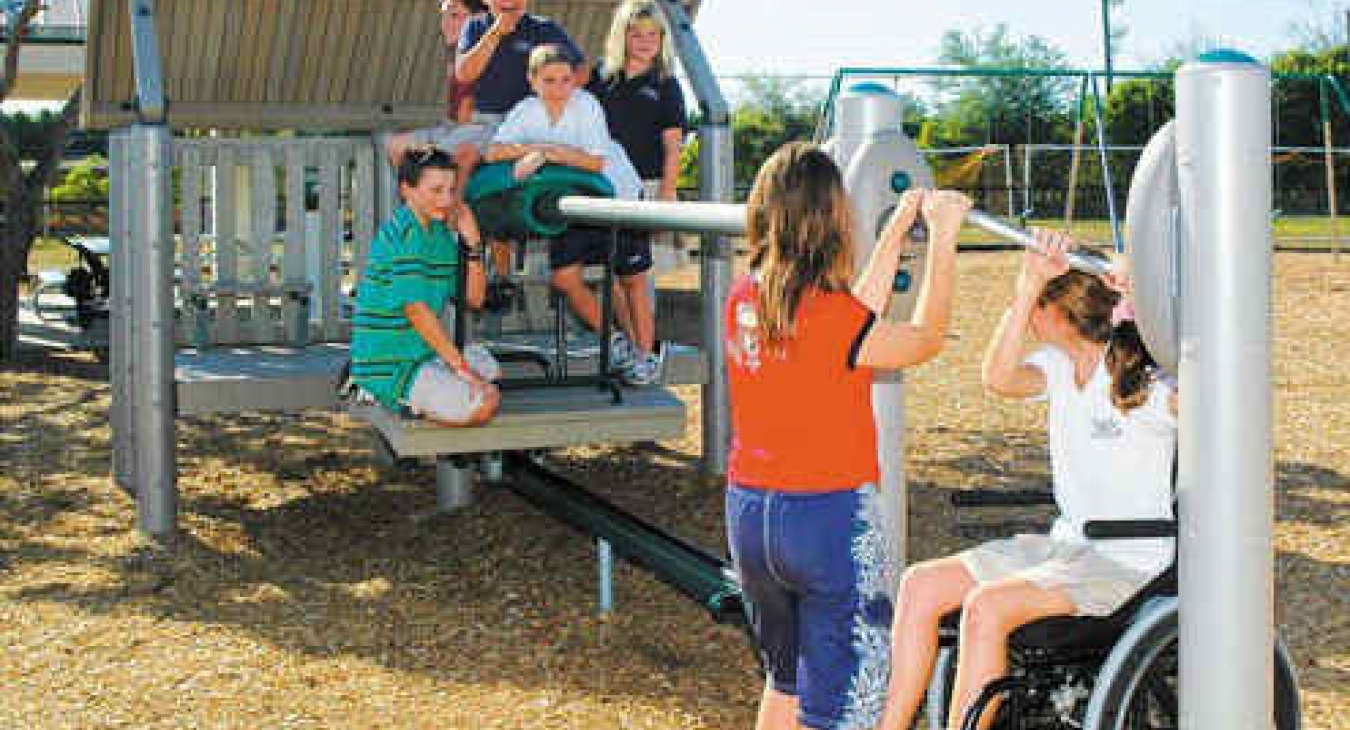
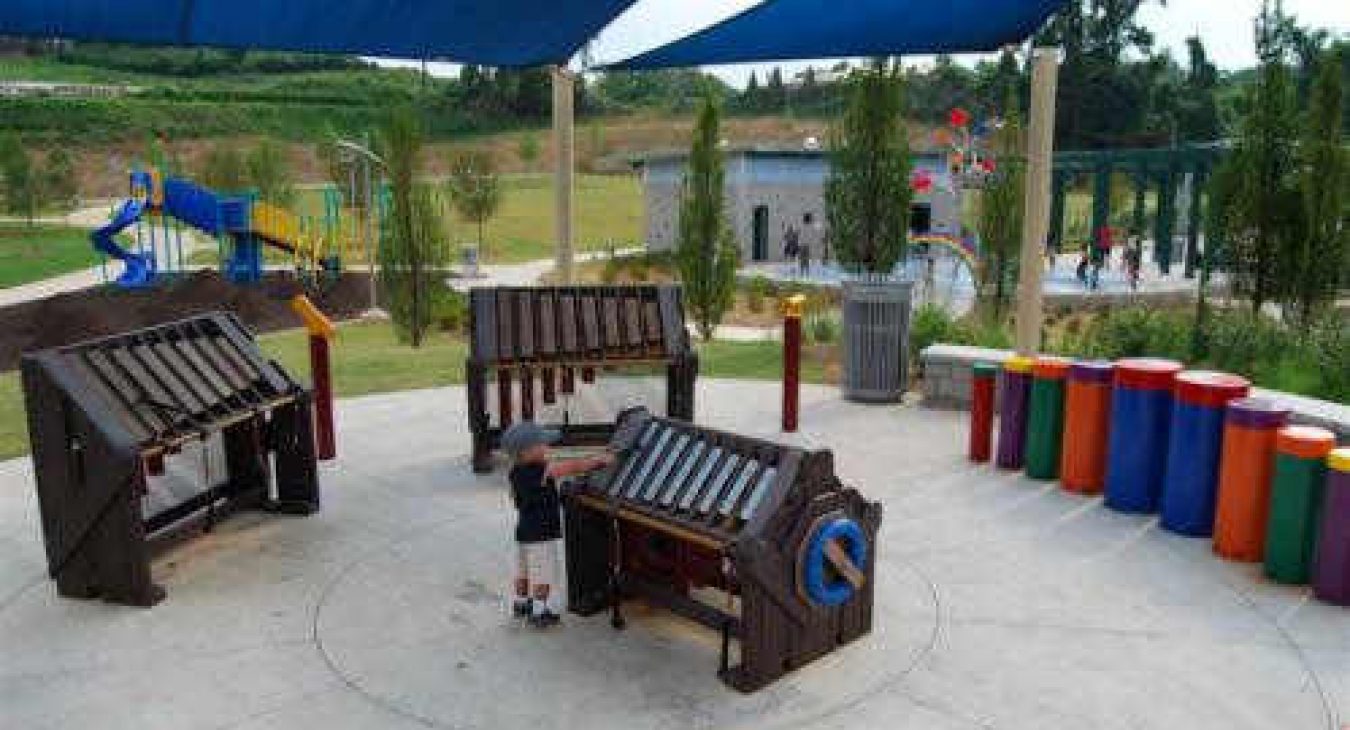

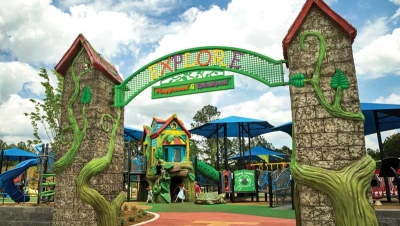
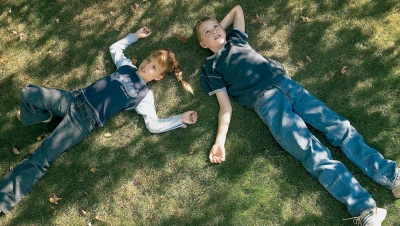
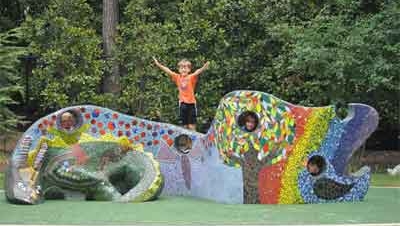




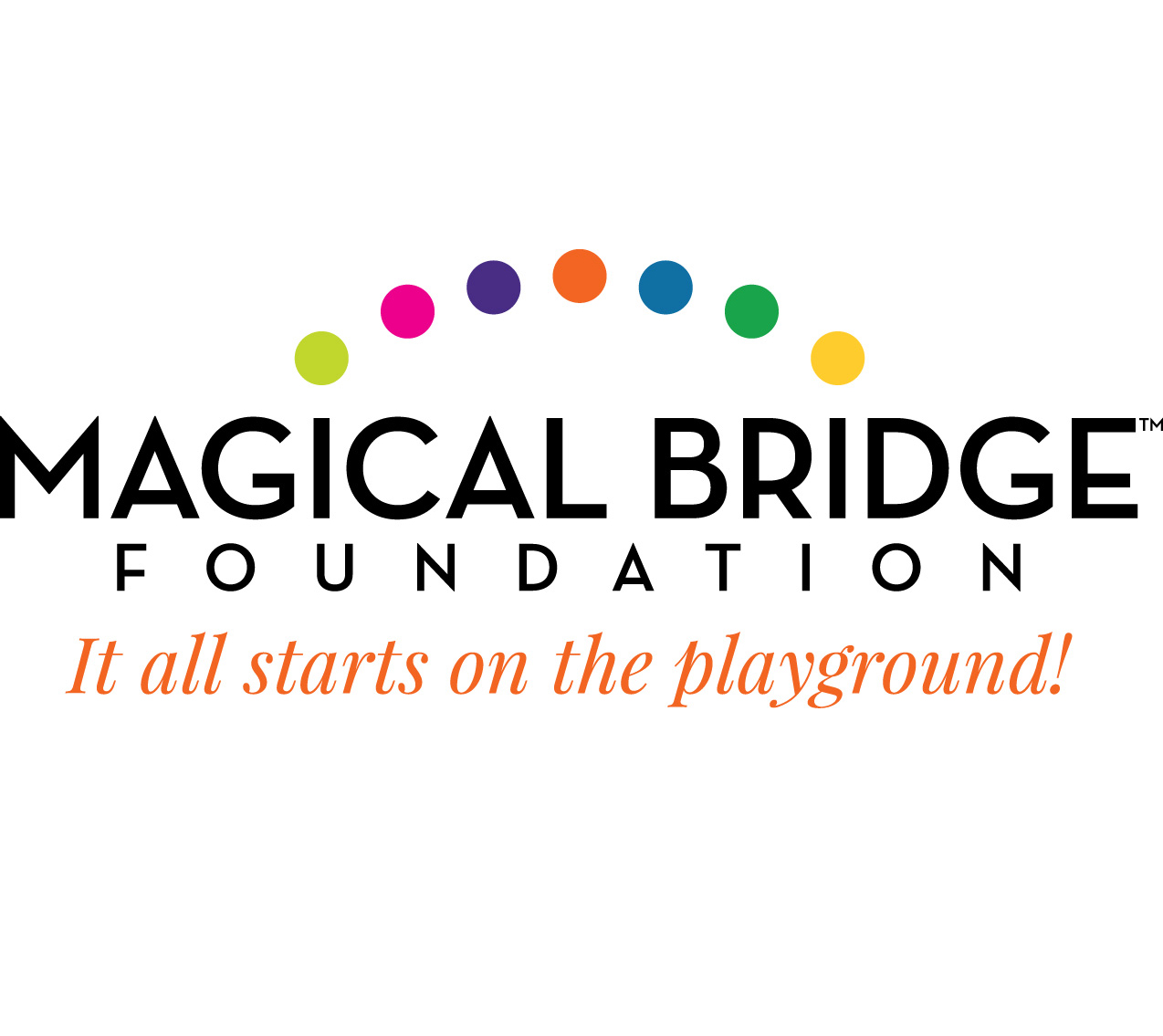


Social planners...
...are evil.
Please don't stop!
It’s really sad that Mr. Beckwith spent considerable time criticizing a community’s efforts to provide a new inclusive playground without having any knowledge of the unique community goals and/or the linear context of the space. His article is completely misinformed as there are, in fact, five access/egress points along the linear ramp design before the player reaches the five foot tall slide. Additionally, there are two inclusive swings that provide important vestibular stimulation for children of all abilities. The design appears to have maximized the space by providing accessible play opportunities and by further ensuring inclusion by a colorful poured in place resilient rubber surfacing throughout the space.
Manufacturers and many sales representatives are very passionate about the topic of inclusion and therefore, much progress continues to be made in inclusion through investments in research, programs, and training.
If Beckwith would spend time explaining the benefits of play to society rather than criticizing an outstanding effort by the City of Bayonne, maybe we would have larger spaces and budgets to work with! We must pause and recognize this community’s efforts in recognizing and serving the needs of all children in their community and we must celebrate the results that this particular community is already experiencing. Here is a link to a video from the citizens of Bayonne, let the people speak… Instead of ‘helicopter critic voices’, it is their voice – the children and families – that must be heard so that together we can promote the many benefits of inclusion. http://www.njplaygrounds.com/10316/16th-street-and-the-bay-bayonne-nj-s…
My Opinions
To be clear I am definitely a optioned and arrogant SOB. You caught me out. You make an extremely important point. The success of a playground is that people love it, not the equipment. When you've fought to get one, raised the money, and even sweated to build it, of course you will love it and so will your kids. Your dedication however does not mean that the space that has been created is as good as your community deserves and could have, should have, had. So my option, based on 50 years of creating play spaces, is that our industry can do a much better job of providing for children with all sorts of differences and not just for those who happen to use a chair.
Our playground
When a friend described this article to me, I thought she was probably exaggerating a little. How someone could be so negative to a neighborhoods much loved playground escapes me. This was a collaborative effort with our community and its officials and we love it. If mr Beckwith would spend some time here, he would see how many kids, handicapped and not, love it and play here. I looked back through some of this authors articles and was surprised to see he called a photo of a play space from a company called Konpam inclusive "beacause everything can be accessed at ground level. None of the kids I see at our space could use a single thing on that playground. Mr Beckwith should stick to facts, and keep his tainted OPINIONS to himself. Shame on you sir.
YEAH!
Jay,
You have eloquently written what I have been saying for years. Let's have play value for all!
Thank you!
Mara